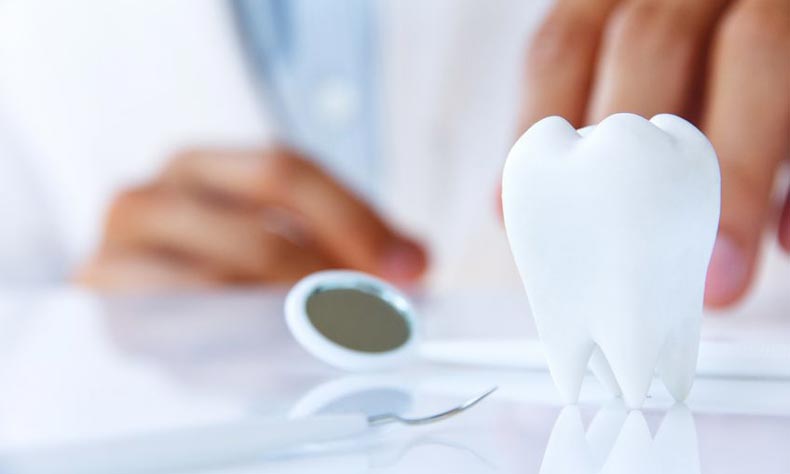Dentistry in its most rudimentary form has been practiced for thousands of years, with evidence showing that the Ancient Egyptians had an early form of dentistry. In those many centuries since, and particularly in modern times, dentistry has advanced in leaps and bounds. Today it is both extremely effective and relatively pain free. However, despite these advances in treatment, dental anxiety is still very pervasive. Fortunately, there is a solution: sedation dentistry.
An Overview of Sedation Dentistry
As the name implies sedation dentistry is the practice of dentistry that utilizes sedatives to help patients relax. It is sometimes also referred to as “sleep dentistry;” however, that is not entirely accurate in a literal sense because the patient is usually conscious and awake during treatment. Instead the patient enters a relaxed, sedated state without typically falling asleep. However, it is common for the patient to have difficulty recalling the events of the procedure while under sedation. The level of sedation may vary depending on different circumstances, such as the sedation method and quantity of sedative used, the goals and objectives of the procedure, and other individual factors.
Types of Sedation Methods
Sedation dentistry utilizes an array of different types of sedatives and different methods for administering them. In all cases great care is given to ensure that both the particular type of sedative and the amount administered are completely safe. Methods include:
- Gas Inhalation – Nitrous oxide, or “laughing gas” as it is often called, is a common form of sedation dentistry which many people are familiar with. It involves a mask being placed over the patient’s face so that they can breathe in the sedating gas. The level of sedation can be adjusted by the dentist. This form of sedation typically wears off relatively quickly after gas inhalation ceases.
- Oral Sedatives – Another common and effective method of sedating patients is to give them oral sedatives prior to the procedure, usually about an hour before treatment begins. The dosage can of course be adjusted as needed and there are various medications available. One common oral sedative used in sedation dentistry is Halcion which is related to the drug Valium.
- IV Sedatives – Patients may also receive sedation through an IV line inserted into their arm. This method has the benefit of allowing the dentist to easily adjust the level of sedation being given through the IV. It also allows for a very quick and thorough sedation.
- General Anesthesia – Though much less common for routine procedures, sedation dentistry can also be performed as general anesthesia, similar to what one might receive prior to surgery. This method results in a very deep sedation in which the patient is either completely or almost completely unconscious and will not wake up easily until the anesthesia has worn off.
The Benefits of Sedation Dentistry
Sedation dentistry offers a number of important benefits including:
- It is completely safe
- It is highly effective
- There are very few side effects
- The patient perceives procedures as taking very little time
- The dentist is able to work very efficiently, often getting more done
- It allows even highly anxious patients to get great dental care
The Patients Who Benefit Most
Just about anyone with significant dental anxiety can benefit from sedation dentistry. However, it is particularly helpful for patients with very severe anxiety. Sedation dentistry also benefits children, people with special needs, or patients who suffer from muscle control issues. That is because it helps the patient remain still and thus reduces the risk of injury while also allowing the dentist to perform more efficient, higher quality work.
The dentists and staff at Weaver-Jaynes DDS are committed to improving the quality of life for our patients and to helping them feel comfortable and relaxed during procedures. We are excited to offer high quality, safe, effective sedation dentistry options. We encourage any patient who might benefit to inquire about these services.




